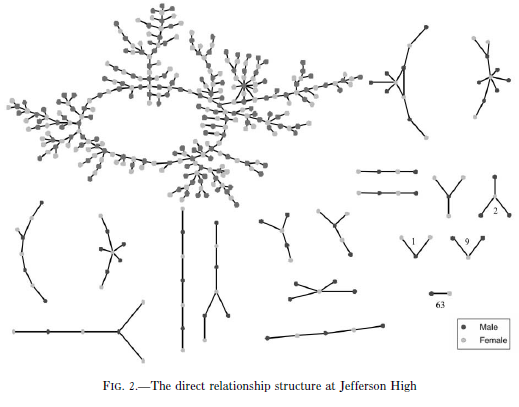2010/02/24
mosquito-shooting laser
So this video of a mosquito-shooting laser in the article here has been making the Youtube rounds recently. This isn’t really new, is it? It was already demonstrated last year, as described in this article. I was curious about the technology that supposedly you can assemble from eBay-acquired parts, and it turns out to be kind of lame…
Demonstrating the technology recently, Dr. Kare, Mr. Myhrvold and other researchers stood below a small shelf mounted on the wall about 10 feet off the ground. On the shelf were five Maglite flashlights, a zoom lens from a 35mm camera, and the laser itself — a little black box with an assortment of small lenses and mirrors. On the floor below sat a Dell personal computer that is the laser’s brain.
…
To locate individual mosquitoes, light from the flashlights hits the tank across the room, creating tiny mosquito silhouettes on reflective material behind it. The zoom lens picks up the shadows and feeds the data to the computer, which controls the laser and fires it at the bug.
I’m sorry, but having a screen behind to form an image for detection is cheating and makes this much less exciting. How is this going to work in the field (cheaply) and be something more relevant than a net?

 Comments(4)
Comments(4)


